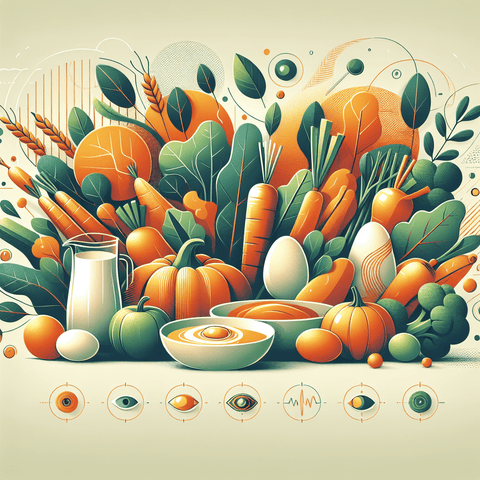This page highlights dietary sources of vitamin a and how they are categorized. Vitamin A occurs in two main forms: preformed retinol and provitamin A carotenoids. When considering dietary sources of vitamin a, you’ll see a mix of animal-derived foods and plant-based options, each contributing in different ways. Our aim is to outline the common types of foods that contain vitamin A and how they are typically described in nutrition references. Animal-derived sources include liver, certain dairy products, and eggs, which supply preformed vitamin A. Plant-based dietary sources rely on carotenoids found in colorful vegetables and leafy greens—think carrots, spinach, kale, and sweet potatoes. The range of dietary sources of vitamin a spans products of animal origin and a wide variety of produce, with different carotenoid profiles and retinol content. Labeling and nutrient data often express vitamin A content using units like retinol activity equivalents (RAE) or international units. In plant foods, carotenoids are provitamins that can be converted to retinol in the body, with conversion rates varying by carotenoid type and individual factors. This nuanced view helps summarize how vitamin A is represented across different foods. Because the landscape of dietary sources of vitamin a is broad, a varied approach to planning meals can reflect this diversity. Practical notes include checking ingredient lists, selecting a mix of animal-derived and plant-based options, and considering storage and preparation methods that maintain nutrient levels. This balanced view supports a broad understanding of the foods that contribute to vitamin A in the diet.


